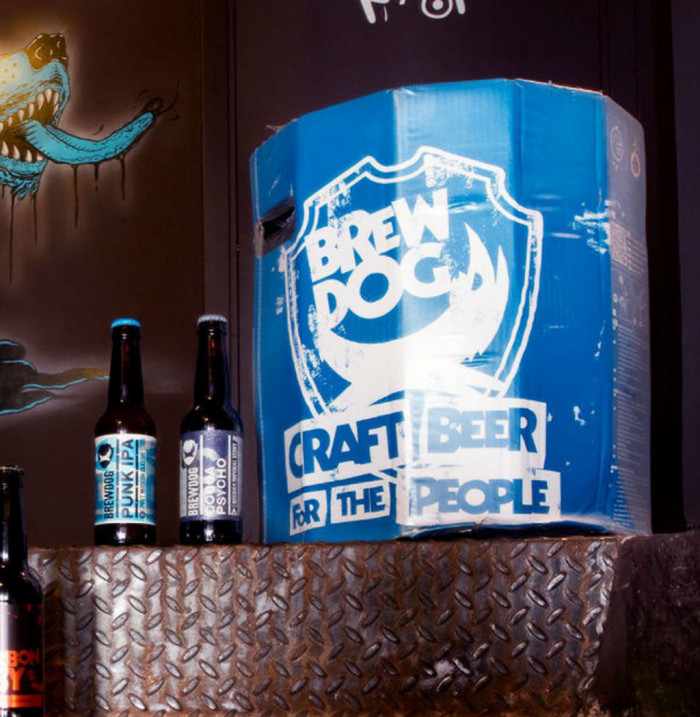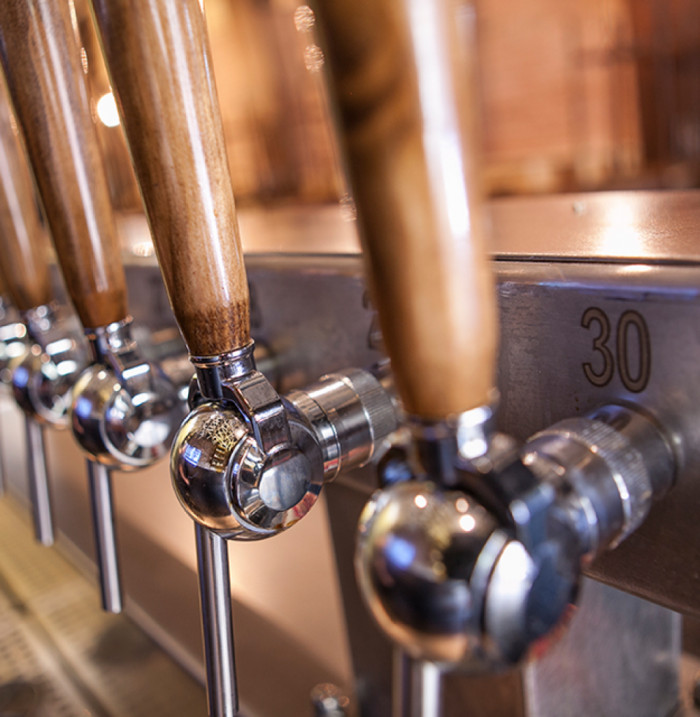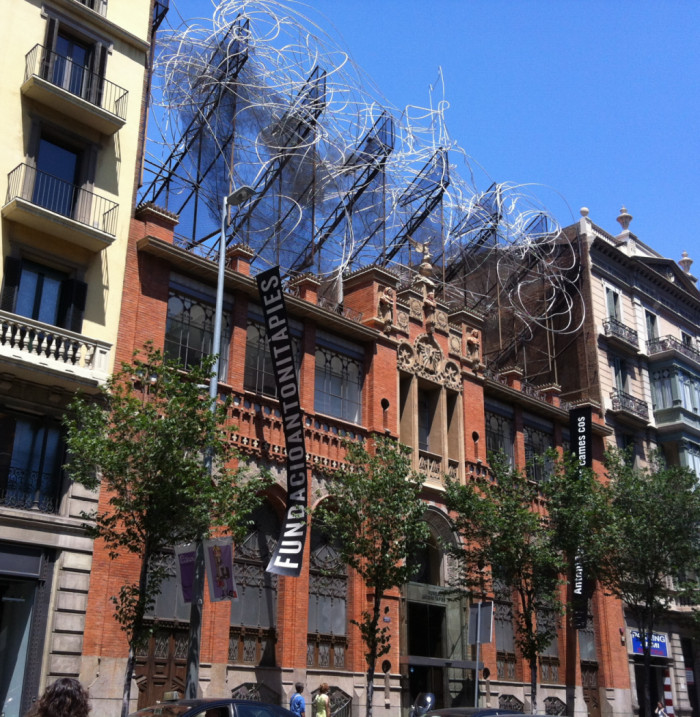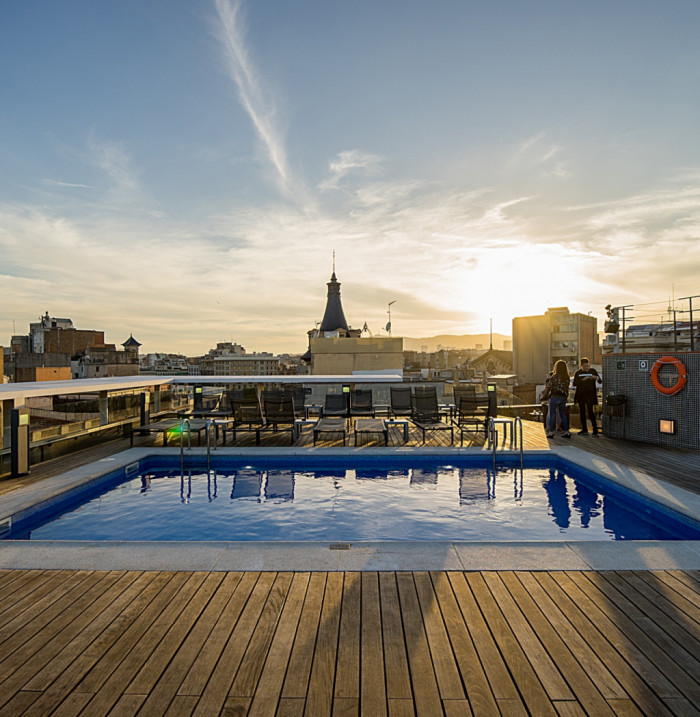- Architecture
A building constructed by Josep Puig i Cadafalch and converted into a space for reflection, cultural dialog, and social transformation.
Metro: L4 (Yellow) & L5 (Blue) - Verdaguer
Bus: 6, 33, 34 & V19
Palau Macaya is a Modernist building that’s well stood the test of time, and is more accessible than ever, in its new configuration as a cultural center that’s open to the public. The building’s origins are intertwined with the life of Romà Macaya, a successful cotton grower who achieved astounding success in the textile trade with the indigenous peoples of the Americas. The enormous profits delivered by the industry, together with the execution of the Cerdà plan, prompted the urbanization of today’s Eixample neighborhood, and in 1899, compelled Macaya to buy land on the site of today’s Passeig Sant Joan.
Like so many other Modernist structures, the Palau Macaya was conceived as a family residence in which the entire Macaya clan could reside. One of the building’s most characteristic elements is the white color of its façade, distinguishing it starkly from similar projects completed by Puig i Cadafalch. Another remarkable component is the vestibule and entryway, large enough to receive horses and carriages, with small walkways on either side. The arches that divide the space into different areas exhibit simple ornamentation achieved through the careful treatment of the principal building material, brick. In keeping with the general pattern of the era’s bourgeoisie, the main floor was reserved for the head of the family. In that regard, its layout is rather similar to that of Casa Amatller, also by the same architect. The other floors were designed for the sons of Mr. Macaya, while the mezzanine was designated for the residence’s servants, who were on call on every floor, making this one of the rare buildings in which both the “upstairs” and “downstairs” folk of the house actually used the same staircase to move between floors.
Today, the Palau Macaya has been remodeled into a cultural center, managed by La Caixa. It’s now a place for reflection, cultural dialog, and social transformation, with three permanent exhibits that address the story of Modernism, the life and times of Puig i Cadafalch, and the complex’s past, present, and future. Modernism is interpreted as a movement that affected the whole of Europe, and particularly the city of Barcelona and the Macaya residence itself. It was an eminently urban artistic movement, and between the second half of the 19th century and the beginning of the 20th, it spread all over Europe, representing a wholly innovative style that broke with past traditions and pronounced a major change, both for society, and for art itself. The exhibit on architect Puig i Cadafalch looks deeply into the life of one of 20th century Barcelona’s leading architects, exploring the influence he had on the city’s cultural and political history.










